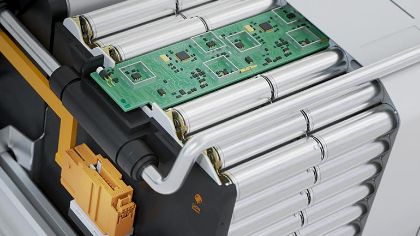PCBA Production Process-Suga
PCBA Production Process refers to the process of assembling electronic components onto a PCB.
PCBA Production Process
Material preparation and Inspection:Suga will prepare all the PCB bare boards and electronic components based on the BOM list. Then, a rigorous incoming material inspection (IQC) will be conducted to ensure that the quality meets the standards.
Solder paste printing:The operators use precision steel meshes and printing machines. Then apply the solder paste precisely onto the PCB pads.
Surface Mount Technology(SMT):The surface mount machine accurately and rapidly attaches SMD components(Such as Resistors, capacitors, ICs, etc.) to the PCB through programming.
Reflow soldering:The operator will place the assembled PCB into the reflow soldering furnace through the machine. The precisely controlled temperature curve inside the furnace causes the solder paste to melt, flow, wet the solder pads and the component pins, and after cooling, forms a reliable electrical and mechanical connection.
Automatic Optical Inspection(AOI):Utilizing optical equipment to automatically inspect the welding quality after SMT(Such as missing components,misalignment,insufficient solder).
Plug-in(DIP):Manually or by machine.The operator inserts through-hole plug-in components (such as large capacitors, connectors) into the pre-defined holes reserved on the PCB.
Wave soldering:After the operator inserts the component, they then place the PCB into the wave soldering furnace. The molten solder will come into contact with the bottom of the PCB and combine with the pins of the inserted component.
Hand soldering and re-soldering: The operator performs manual welding or repairs for components that cannot be soldered by wave soldering or for those with defects after wave soldering.
Cleaning: Remove residual flux and other contaminants after soldering.
Testing and inspection:
In-line testing (ICT): Test circuit connectivity, component values, etc.
Functional testing (FCT): Simulate the operating conditions of the entire machine to test whether the PCBA functions normally.
Aging test (Burn-in): Apply power-on aging to the product to screen for early failures.
Final appearance inspection (QA): Confirm the overall appearance, markings, cleanliness, etc.
Packaging and shipping: Suga will package the qualified PCBA with anti-static and moisture-proof measures.and then hand them over to the customers.
Suga will provide comprehensive protection for all customers’ products. Will deliver the products to the customers in good condition and on time.


